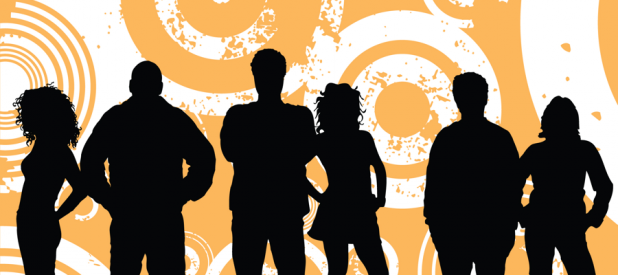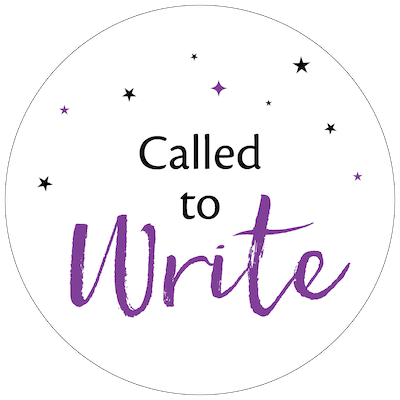Welcome to the latest installment of my “Ask the Coach” column on Script Mag! This month I’m addressing a few shorter reader questions:
In response to last month’s article regarding having more than one script when querying, a reader asks: “You wrote that marketing your script ‘will involve making sure you have at least two marketable scripts before querying.’ Why is it important to have TWO scripts?” The bottom line is that while it’s absolutely not a requirement to have two marketable scripts before querying, it’s a smart strategy because it means you’re ready when an industry pro or exec likes your writing but not the specific story, and says, “What else do you have?”
Our second question is about finding a unified story structure method and whether there even is such a thing. I’ve studied a lot of methods myself and to date, my personal experience is much like that of the inquirer — taking aspects from different methodologies and merging them to create my own approach. My TL;DR? No, I don’t believe there’s a single script method unicorn, except perhaps the one you ultimately create for yourself.
And last, the third question this month is about what next steps to take with writing classes. In addition to suggesting some specific places to find classes, I recommend thinking about what you most want to learn next and what kind of experience you want to have as a student and creator.
…at the end of the day, trust yourself. Your instincts and inner guidance are among your most valuable tools as a writer.
Ask the Coach: Odds & Ends
Building a Script Library, Seeking a Universal Script Structure Method, and Finding Courses
I’d love to answer them for you in my column.
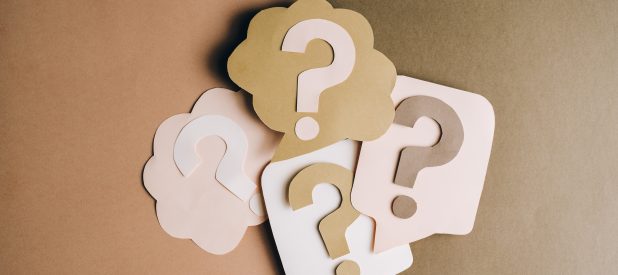
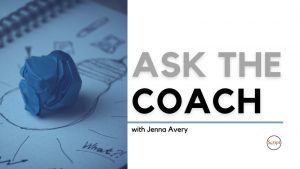



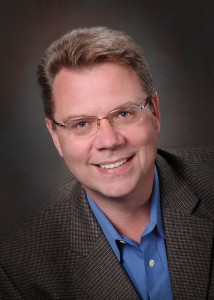 Today’s article is a guest post by story and Enneagram expert Jeff Lyons of StoryGeeks.com. His article touches on a often overlooked aspect of story development that many writers miss and their story structure suffers as a result: their main character’s “moral problem”.
Today’s article is a guest post by story and Enneagram expert Jeff Lyons of StoryGeeks.com. His article touches on a often overlooked aspect of story development that many writers miss and their story structure suffers as a result: their main character’s “moral problem”.

